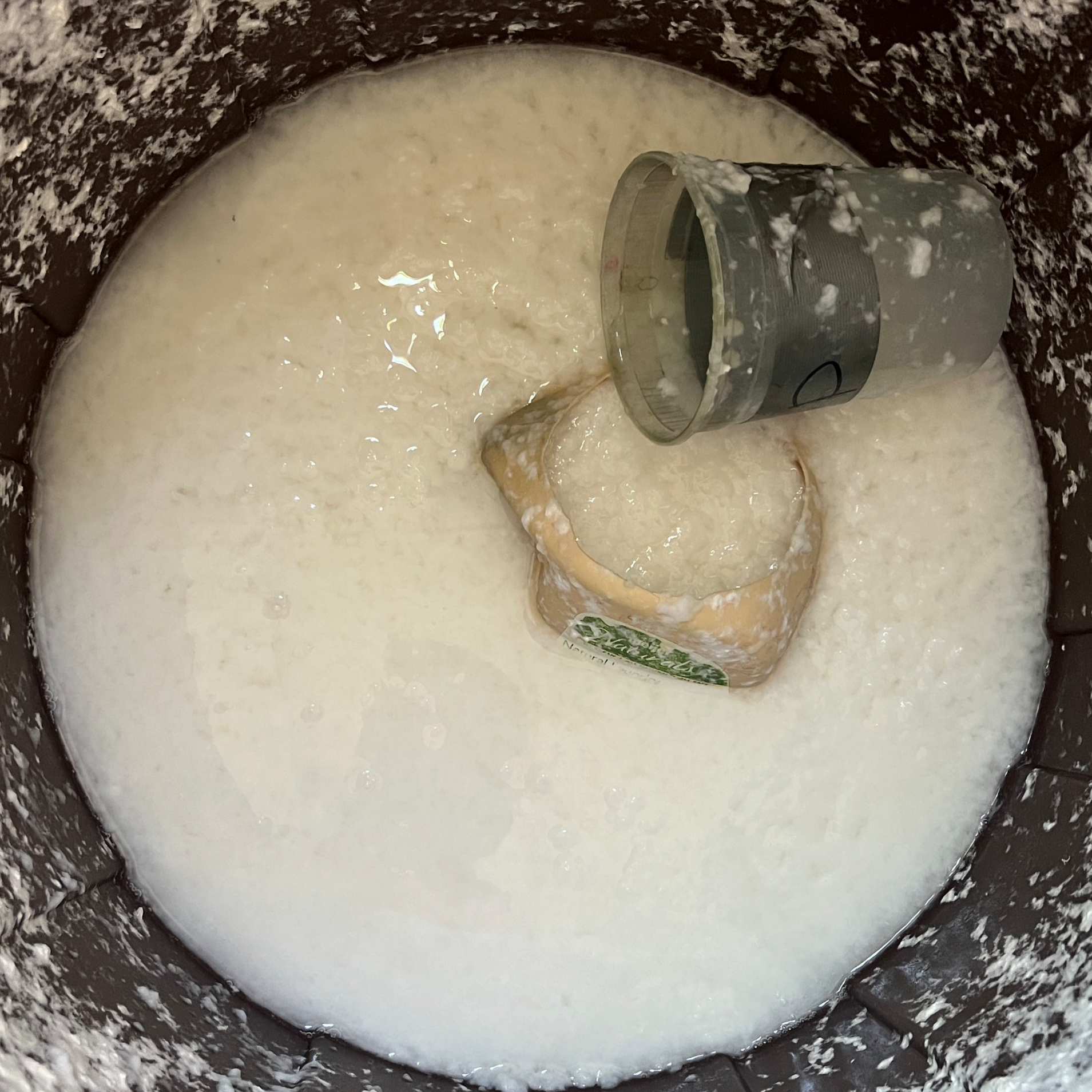Size Guide
Small | 2lbs-4lbs
Medium | 6lbs-8lbs
Large | 10lbs or more
Care
• Keep Pulp hydrated with water
• Refrigerate (if possible) Store in a cool place away from light, heat air and contaminants. Keep Lid sealed to maintain quality and freshness. Add a teaspoon of bleach per pound if Pulps begins to odor.




